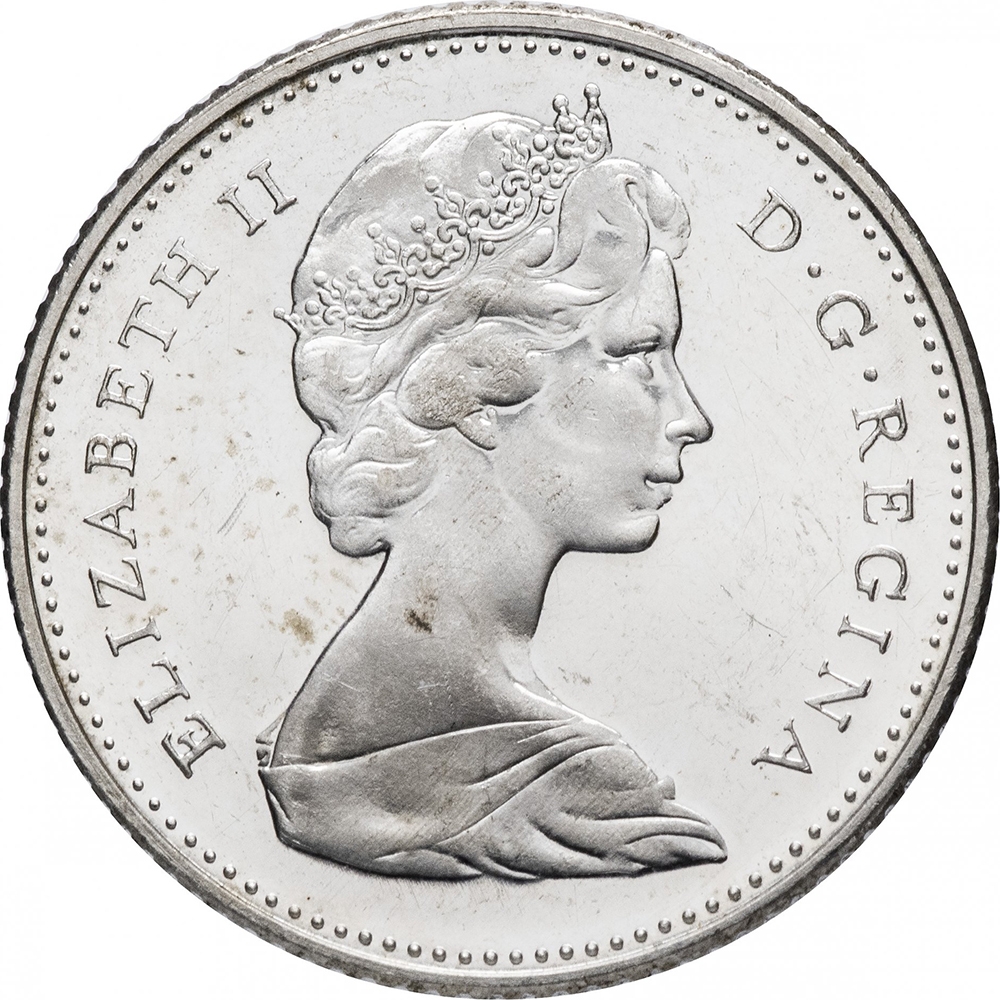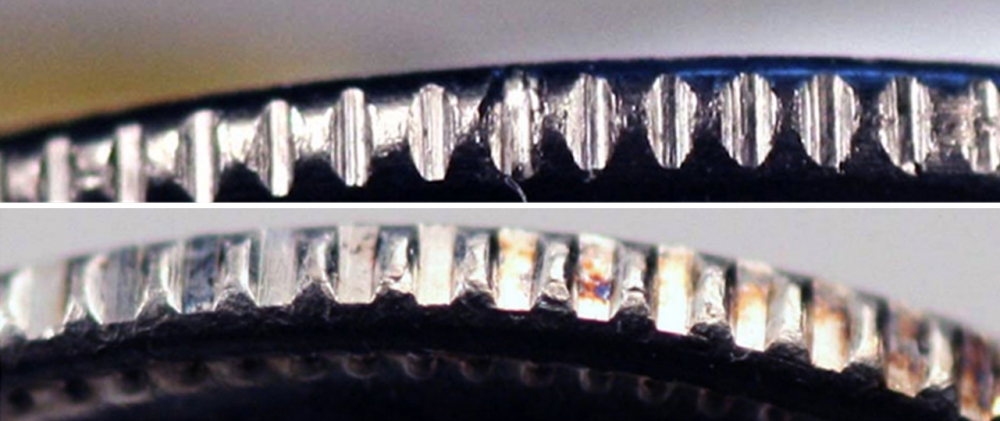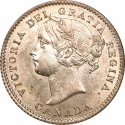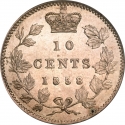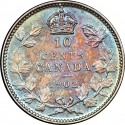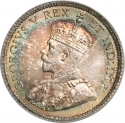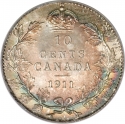You are about to finish your registration. Please check your mailbox (including spam folder). There should be a letter with a confirmation link. Check setting to make sure that your e-mail address is correct.
Send letter againDescription
Due to a lack of time, the Royal Canadian Mint made arrangements with the United States Mint at Philadelphia to strike many of the nickel 10-cent pieces for 1968. The Ottawa and Philadelphia strikings differ only in the number of reeds on the edge and shape of the slots between them.
• Ottawa Mint (Royal Canadian Mint): V-shaped grooves, reeded edge
• Philadelphia Mint: flat-bottomed grooves, serrated edge
Reeding is formed on a coin at the moment of striking when the dies squeeze the planchet and force it against the reeding pattern on the collar. The different styles of reeding likely didn’t matter to the RCM if it was considered at all, since it was probably easier for Philadelphia to just use their own dime collars. As a result, the coins have the exact same diameter as a U.S. dime, 17.91 mm.
Elizabeth II (Elizabeth Alexandra Mary; 1926–2022) was Queen of the United Kingdom and of 14 other Commonwealth realms. Her reign of 70 years and seven months, which began on 6 February 1952, was the longest of any British monarch in history.
When her father died in February 1952, Elizabeth—then 25 years old—became queen regnant of seven independent Commonwealth countries: the United Kingdom, Canada, Australia, New Zealand, South Africa, Pakistan, and Ceylon (Sri Lanka), as well as Head of the Commonwealth. Elizabeth reigned as a constitutional monarch through major political changes such as the Troubles in Northern Ireland, devolution in the United Kingdom, the decolonisation of Africa, and the United Kingdom's accession to the European Communities and withdrawal from the European Union. The number of her realms varied over time as territories have gained independence and some realms have become republics.
Times of personal significance have included the births and marriages of her children, grandchildren, and great grandchildren, her coronation in 1953 and the celebrations of her Silver, Golden, Diamond, and Platinum jubilees in 1977, 2002, 2012, and 2022, respectively.
Obverse

|
Second crowned portrait of HM Queen Elizabeth II facing right, wearing the Girls of Great Britain and Ireland tiara. ELIZABETH II D • G • REGINA |
|---|---|
Reverse

|
Depicts the Bluenose under sail, a Canadian schooner from Nova Scotia, a celebrated racing ship and a symbol of the province, is surrounded by the facial value and the country name. CANADA |
| Edge |
V-shaped grooves |
